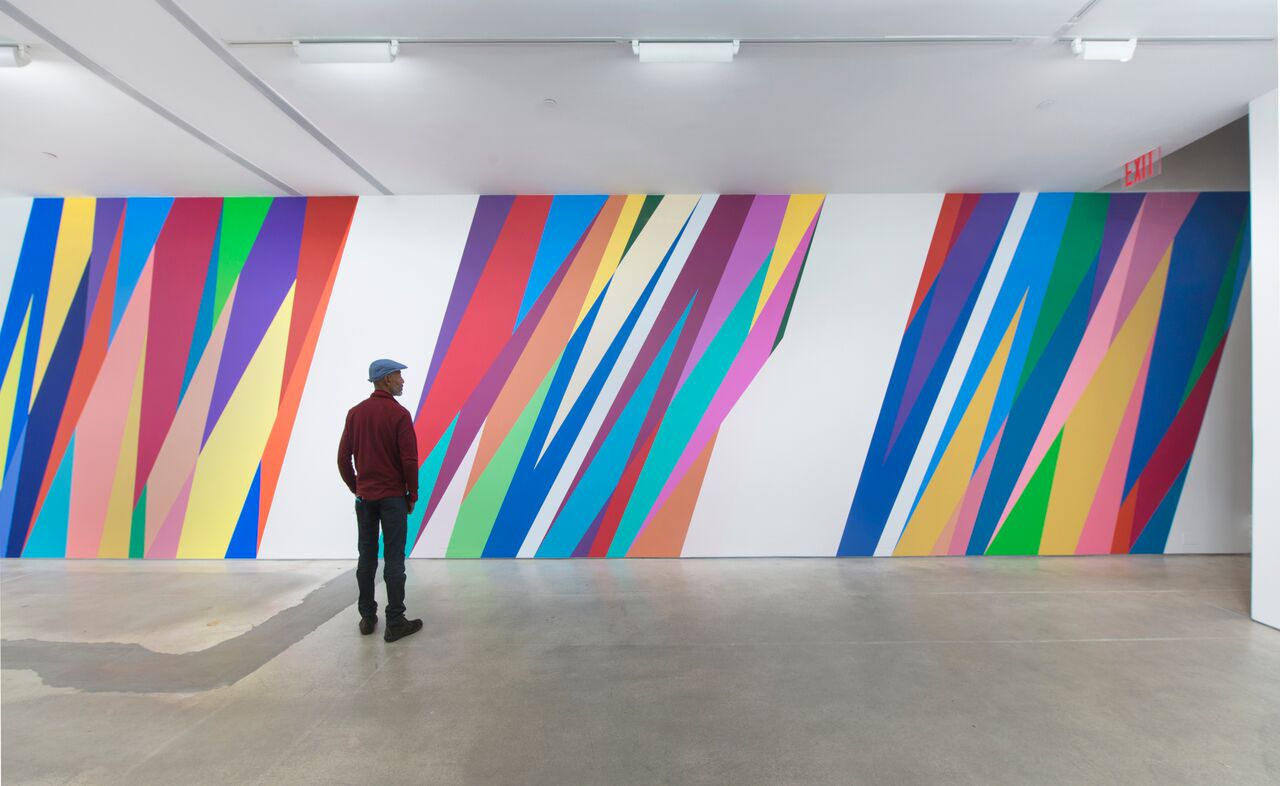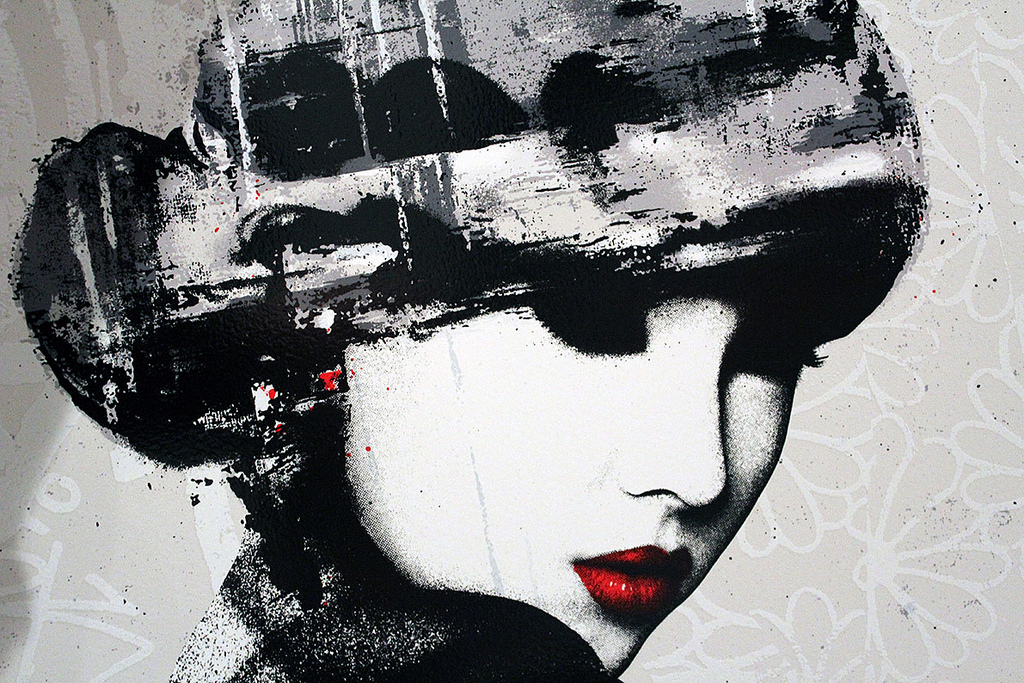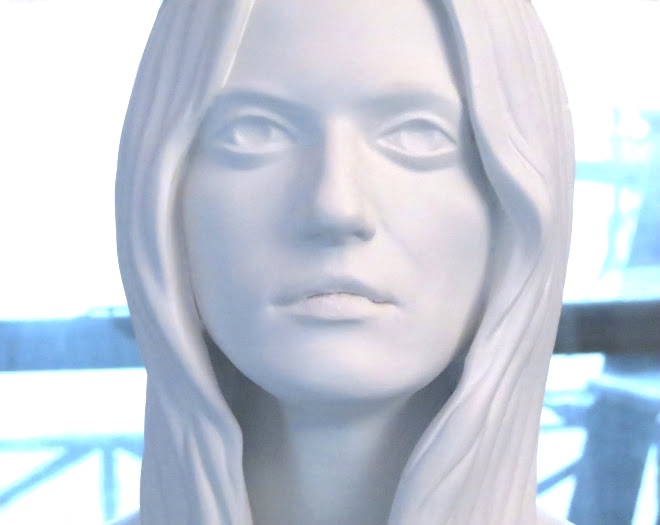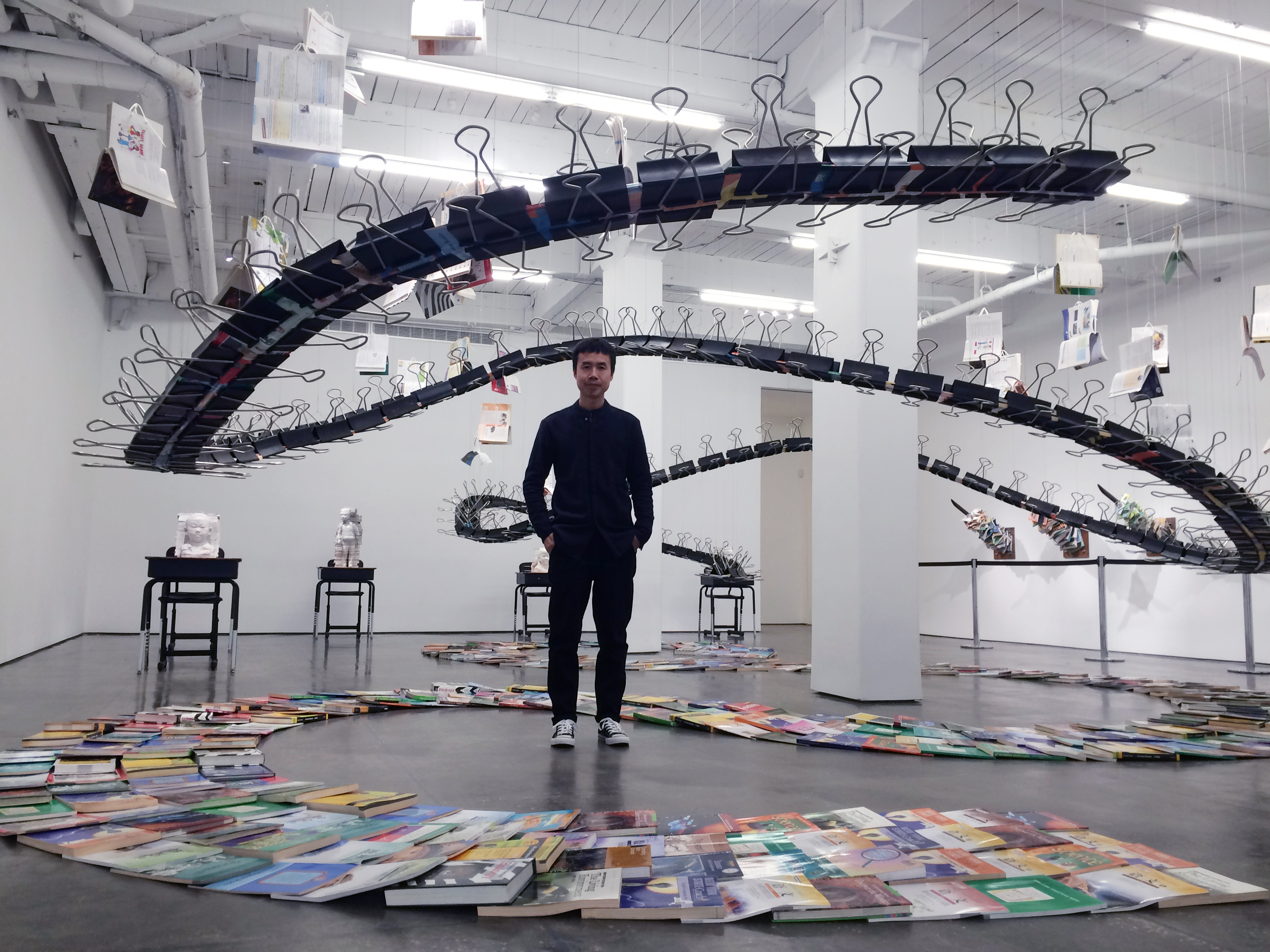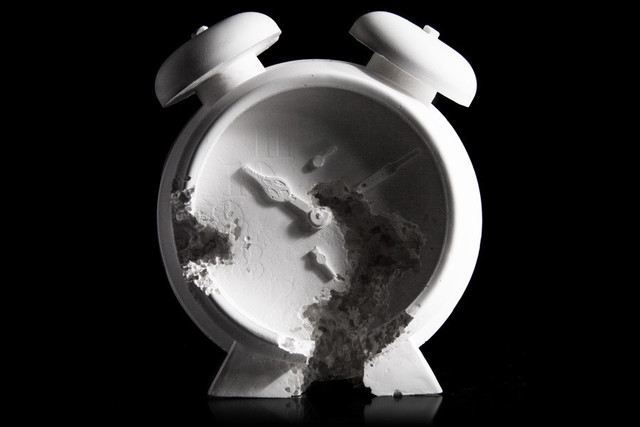
Upon walking into Postmasters gallery Tribeca, you are immediately struck by the scarlet red walls with intricately painted frames of all sizes. Within them, color-saturated portraits of fallen historic leaders begin to twitch, bounce, contort. Zombie Christopher Columbus waltzes alongside Pope Ratzinger, Marie Antoinette makes casual cocktail banter with Montezuma. Each frame contains a different satirical scene, all gyrating to their own tune to produce a room that is simultaneously aesthetically challenging and mesmerizing.
The show is entitled The Brotherhood and is the work of Italian artist Federico Solmi. A self-trained artist, Federico has been crafting his unique video art style since moving to New York in 1999. While it was initially difficult to be an artist without the support of academia, Federico received his first break when he received the Guggenheim Fellowship in 2009. At the time, he was the subject of dramatic lawsuits with the Vatican who claimed his works about the Italian clergy were “obscene objects.” By being recognized by one of the world’s leading cultural institutions, their claims were quickly nullified and he has gone on to exhibit his controversial work throughout the world.
Jenny: The works featured in The Brotherhood show are grotesque, slightly goofy caricatures of iconic historic figures. Explain the narrative behind the show.
Federico: For me, the work in this series is very political. It shows the comedic aspect of all of these invincible leaders throughout history. Many of them are known to be bad guys, but there are also ones that you don’t expect to have a lot of dirt on their names. Many have been considered amazing warriors and politicians, but if you dig into their history you discover most of them were douche bags.
Jenny: Where did the inspiration for the show come from?
Federico: What was really influential to me in the development of this work was two books by Oriana Fallaci. She was an elite Italian journalist that lived in the U.S. and published these these two books called Interview with History and Conversations with Power (1977).
In the 60s and 70s, she would go interview these powerful leaders like Khomeini or Gaddafi and came to the conclusion that these guys were all buffoons. People always focus on how awful they were, but if we take a step back you can see how funny they were as well. In order to impose fear, they all behaved ridiculously, from Mussolini puffing up his chest like Popeye to Hitler barking like a dog. They all wore gold and medals that they awarded to themselves and she became obsessed with how pathetic and tragic this all was.
In this series, as with my early works, I have focused on pairing my video animation with social commentary. That is what I’m passionate about.
Jenny: Your work has progressed a lot. Was it always animated?
Federico: Always, even if it was a bit more hidden. I started off very shy. I remember the first painting I did was in Austria and I animated the eyes of a character behind a painting. And then step by step I started animating the mouth, then the whole face, and then boom – I took everything out and made work that was completely animated. But still the painting element has to be there, it is very important.
I love to blend the traditions of drawing and painting with the beauty of technology.
Jenny: Talk me through exactly what I’m looking at. How are these works created?
Federico: It’s very complex. Everything you see is hand painted, but it’s not exactly painted frame by frame like some animation. First I make the paintings and I scan them into Photoshop. Then I create a videogame environment where the characters and props are animated. For this series, every single character had to be 3D modeled and then I could apply the painted texture…basically you dress them in the paintings. In the beginning I made the mistake of creating 12 unique characters at once, and then had to keep tweaking every single one of them as the process evolved.
Jenny: How long did this series of work take to complete?
Federico: Well, it’s hard to say. I’ve been playing around with this technology for a long time so it’s not something that happened over night. This show was put together in about three months. I had already developed some of the materials and technology but it was still hard work, seven days a week. This is a technique that has evolved and takes the work of a whole team. I could not have created this series on my own. Just sculpting each 3D character in Maya takes forever. It’s a massive project.
Jenny: Technology and culture have evolved rapidly since you began working with animation 15 years ago. Has it been a struggle to be such an early adopter of innovative media?
Federico: A few years ago when I started to develop these video paintings, I had pretty big dealers and curators who said video paintings were a terrible idea. Who does video paintings! Nowadays, the video game industry is much bigger and has more visibility so my work is more culturally relevant. But for me, I could tell there was something relevant happening – an aesthetic revolution. People were creating these parallel worlds with an incredible quality of graphics and I was interested in figuring out how to tweak those graphics and use them to create artwork with social commentary.
Jenny: Do you know of others doing anything similar to yourself?
Federico: … No. You are going to start to see a lot of artists that will insert video screens into their work, but I don’t currently know of any that do what I do. I’m obsessed with creating original work that is completely distinguished for what it is within the market. My research and themes don’t follow the trends or what’s hip, it’s born out of the desire to do something authentic that you haven’t seen before.
Jenny: So then what’s next?
Federico: This series has captured the attention of some very interesting people. I’ve been invited to teach a course next year at Yale. I do well in that setting because I introduce myself as an artist that has a different approach. I don’t have the typical New York art school background. I never went to college. I think you can truly create original artwork if you’re not being brain-washed or trained. That said, it also takes incredible determination. When you come from outside of the art world in New York and try to show in the top galleries, it’s going to be a long road. It’s very hardcore. So when you see stuff like this, it’s a lot of passion, it’s a lot of research, it’s a lot of time. It is hard work being an artist in New York and it does not happen overnight.
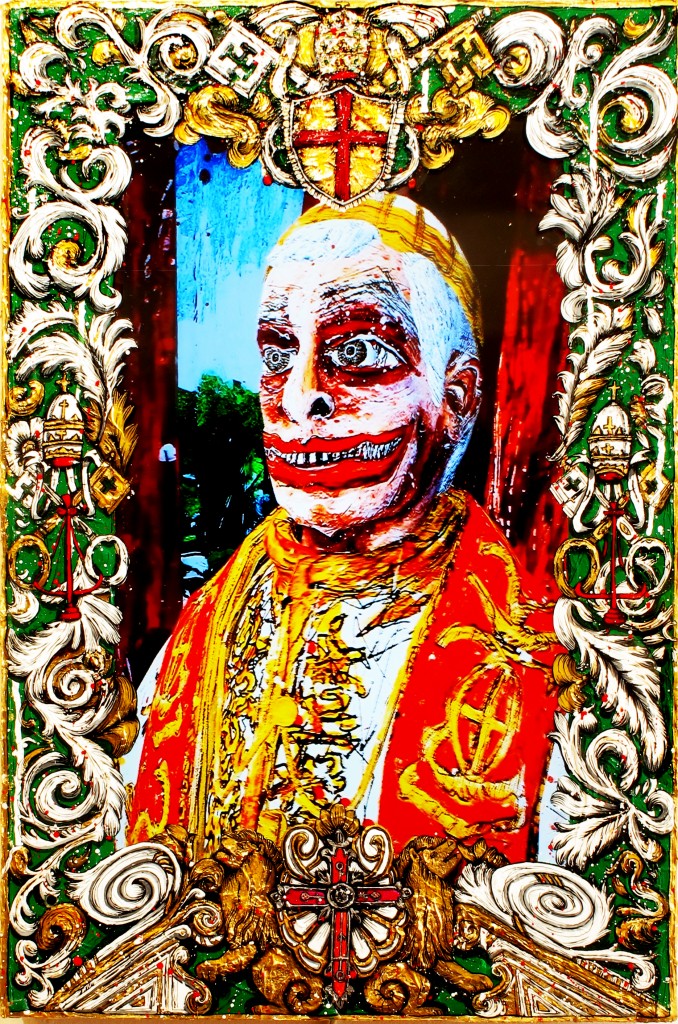
(2015), Federico Solmi
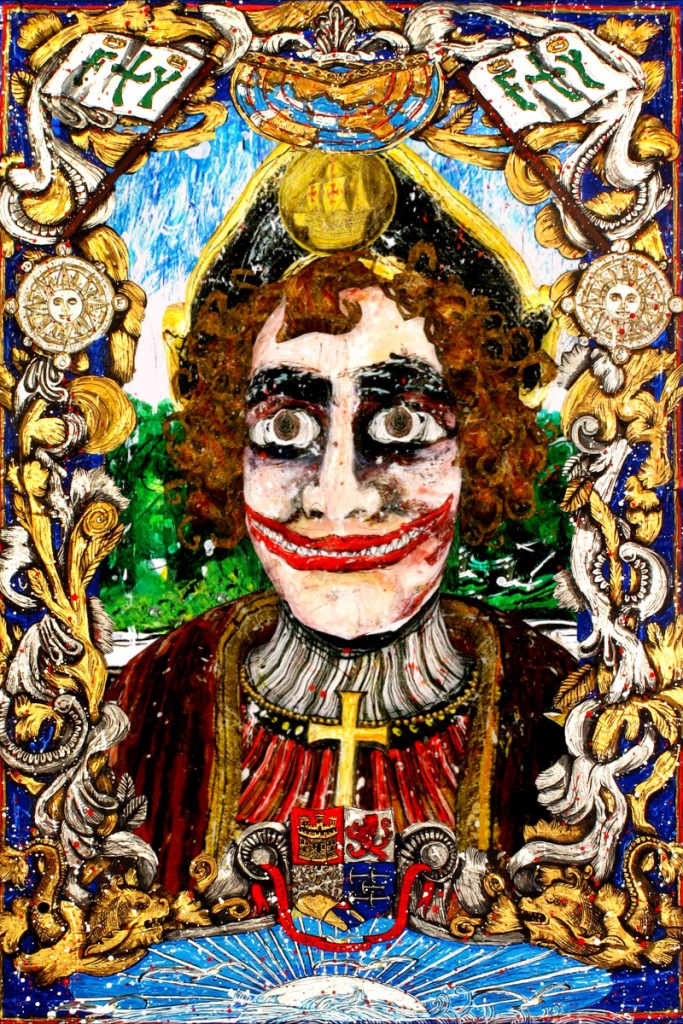
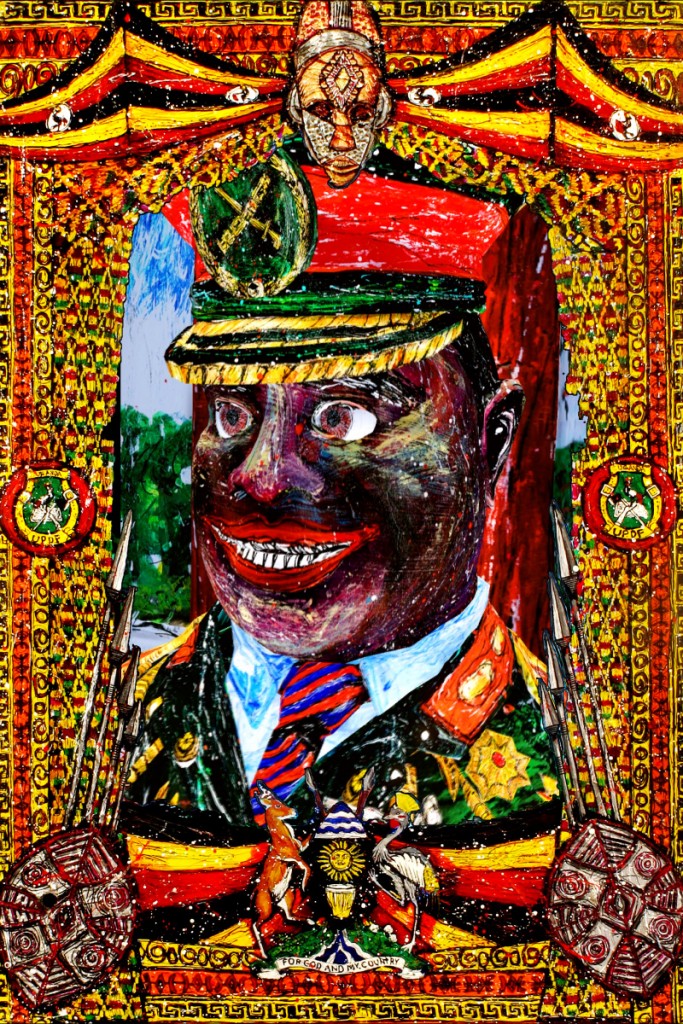
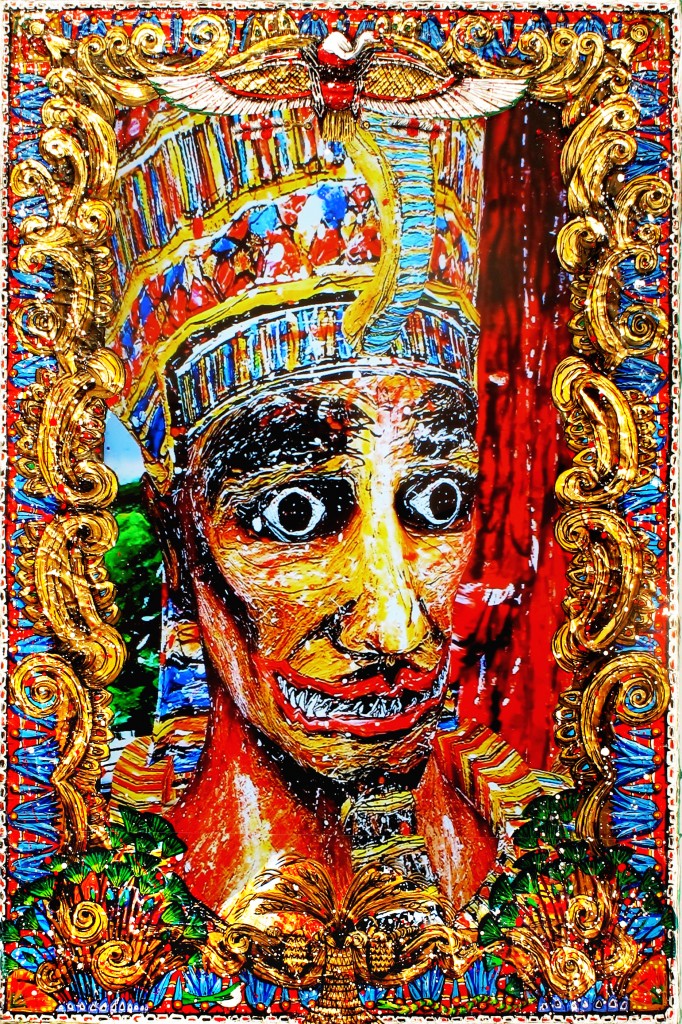
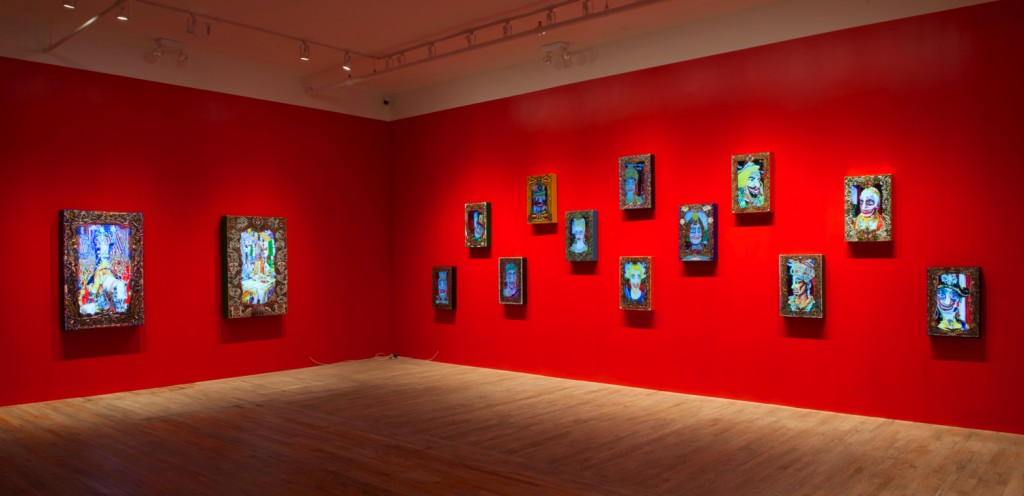
Federico’s work challenges us to question our beliefs about history and politics and serves as a cautionary tale for how we will write our own history for the future. Brotherhood is open to the public at Postmasters Gallery in NYC until October 17th.
Upcoming museum exhibitions of Federico’s work include the Haifa Museum of Art in Israel, Centro Cultural Matucana 100 in Chile, MIT in Boston, Artium Museum-Centre of Contemporary Art in Spain, and CA2M Centro De Arte Dos De Mayo in Spain.




